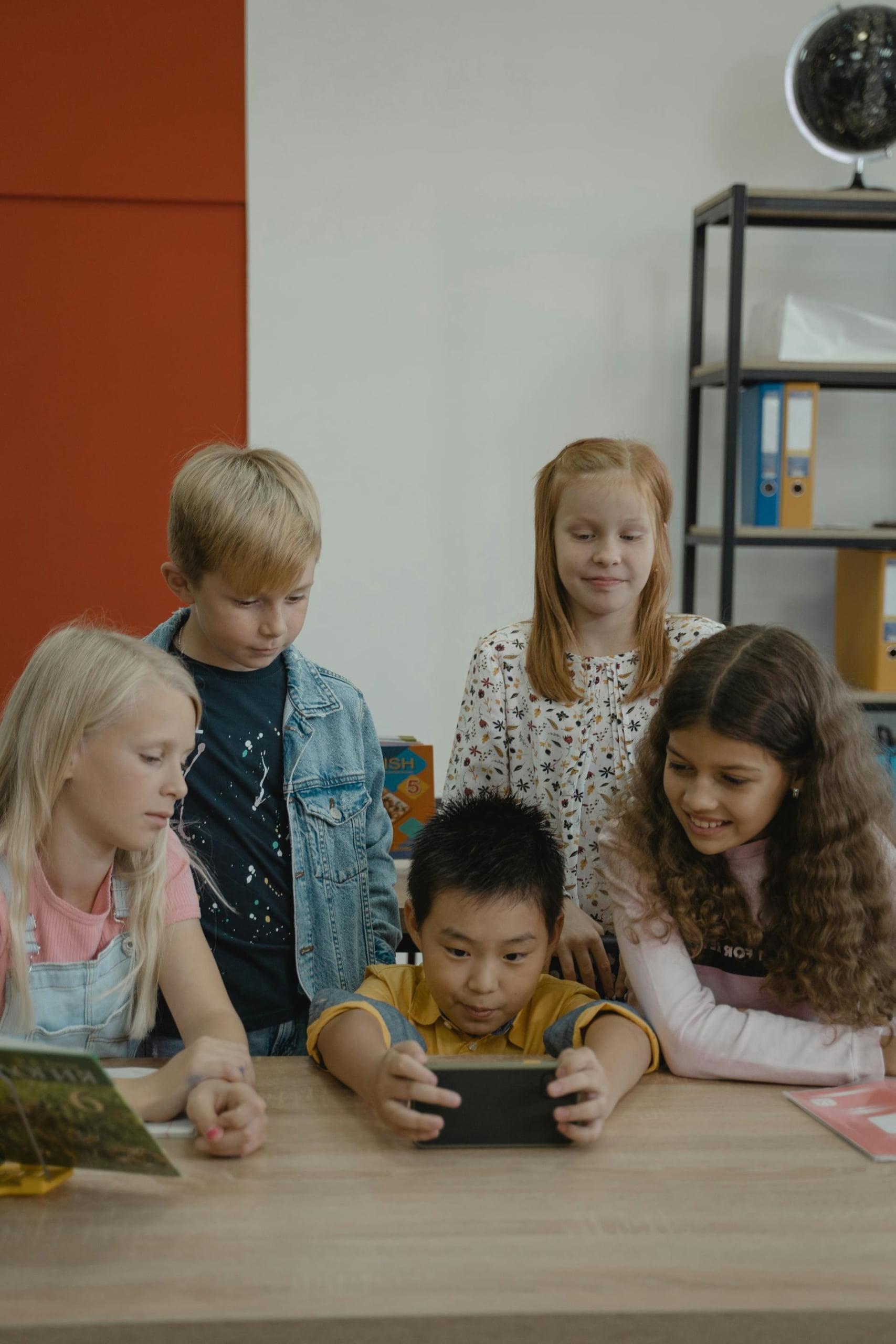Beyond the Page – Qual’s Role in Segmentation
We’ve been considering a change of schools for my kids – a decision that any parent can tell you is not taken lightly. Interestingly, between my soul-searching and conversations with other parents along my journey has me reflecting on the segmentation work that I’ve done. What I’ve learned along the way is that humans are curious creatures, and we’ve met families at school that are similar to ours in so many ways, each making unique decisions in the best interest of their households. At one level our households appear so similar: how we live, where we live, the age of our kids, and decisions we make are much the same on paper. Yet, the motivations and experiences that weigh into those decisions often become the difference in which direction we will go. This is why it’s so important in segmentation work to go beyond the page and truly understand the human experiences within each segment in order to connect on a meaningful level.
In the research and consulting world, the most powerful tool we use to build that type of empathetic understanding is qualitative research, which comes in many forms. And, in keeping with Catapult’s “approach agnostic” promise, I’ve helped clients establish empathy for their customers in many ways: ethnographies, focus groups, in-situ, in-homes, shop-alongs, workshops, and the list goes on. But at a high-level I believe there are some moments in a segmentation program when the role of qualitative is undeniably important.

Foundational
Segmentation is as much art as it is science, and the work done by statisticians to create segments that are meaningfully distinct is no small feat. Our own statistician, Tom Rosholt, is masterful at the process, and I haven’t met more than one other through my career who could meld the math with people’s behavior in a way that translates to the world our clients operate in. This all starts with a foundational base of knowledge before we have a clue about what datapoints the segments might hinge upon. Casting the net wide, in the truest sense, this involves exploring the space where consumers exist to begin getting to know them through conversation and observation.
For many years I worked with Gwen Ishmael who often likened segmentation projects to dating. She said this foundational qual is much like the first date in that you don’t know anything about who you are about to meet, and it’s an important first step in the long process of understanding what makes them tick. For someone like Tom, using this foundational input to build a strong segmentation survey is an invaluable boost to his piece of the puzzle.
Personas
After working closely with clients to collaborate and iterate on the segmentation solution itself, it’s time to dive deeper to discover how to engage with each segment. Post-segmentation qual research has long been used to create personas, which are the personified likenesses of each segment meant to give businesses a tangible reference point of who they are as people. In practice, this brings segments to life by reminding us of the human factors and experiences that make our behaviors somewhat predictable.
Said another way, personas make us think of real people in the world whom we’ve met. Personas help us think through how those real people will interpret the messages they encounter, react to ideas that are presented, and the lens through which they view the world. Think of it as the fourth or fifth date when you really get to know a person on a new level, and now you’re able to reasonably predict how they will react to what you say and do.
Pivotal
One of the most curious things about people is that they grow as the world around them changes and evolves. This is why segmentation work has a shelf-life, but its dynamic nature doesn’t mean there aren’t ways to prolong its usefulness. Typically, a client uses segmentation to target marketing efforts as their business rolls out new solutions. In a traditional sense, this involves inclusion of certain segments in on-going research efforts to test concepts, develop messaging, or determine marketing strategies that will resonate.
Something Catapult likes to do during these on-going research efforts is mix in a few known respondents, often the very people the personas were formed from, to get a read on things through a familiar lens. By seeing how real people who embody and represent each segment react, our clients are able to evolve their understanding of consumers and evolve the persona as our knowledge base grows.
There’s no doubt that factors driving, and often predicting, a person’s actions can be statistically determined by looking at who they are, what they’ve done in the past, and the conditions of their present. But understanding the context of why people think, feel, and act the way do is what elevates a strong segmentation beyond the page and into the real-world where real decisions are made.
JUSTIN SUTTON
CO-FOUNDER
CATAPULT INSIGHTS

